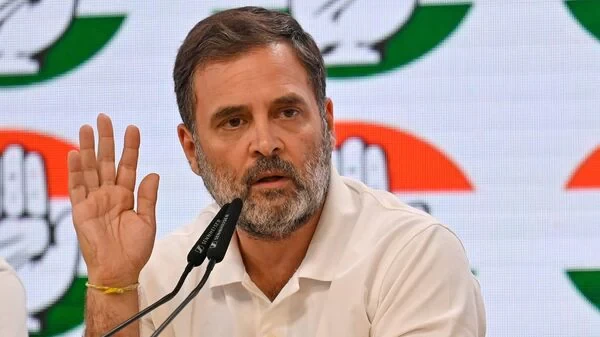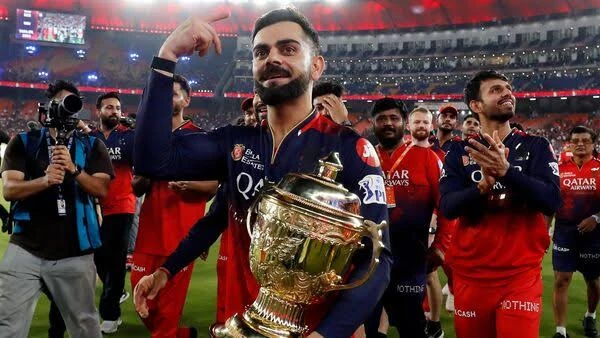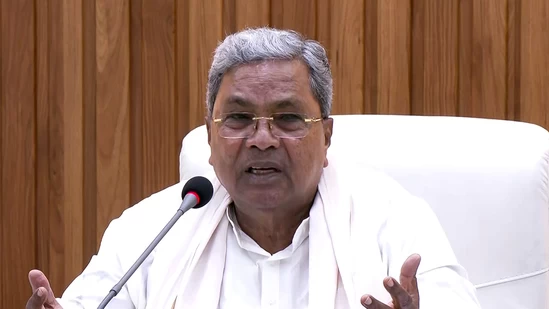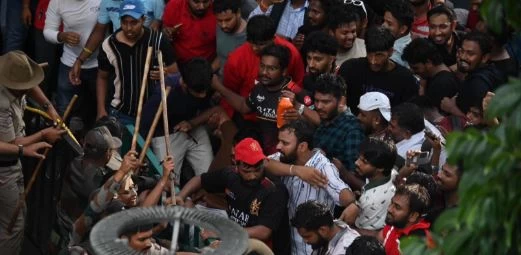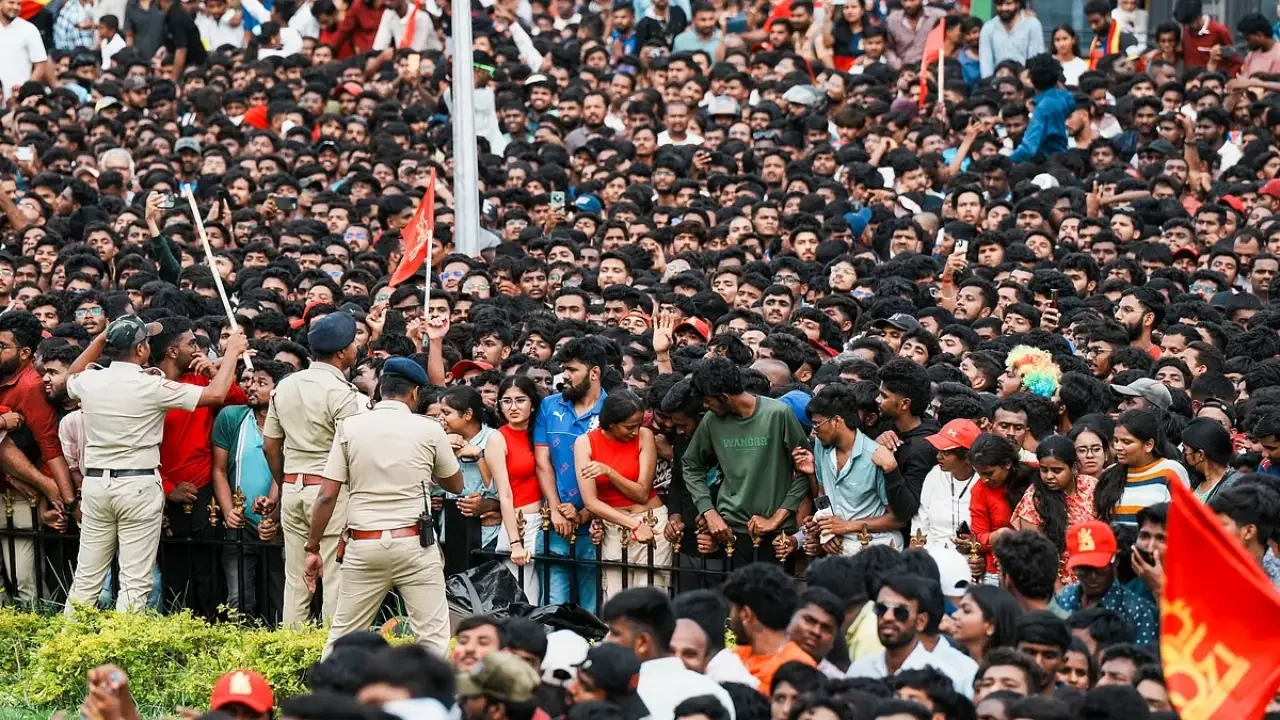Latest Updates
"Rarest of rare...": Kolkata Court Sentences Man to Death for Raping Seven-Month-Old Infant
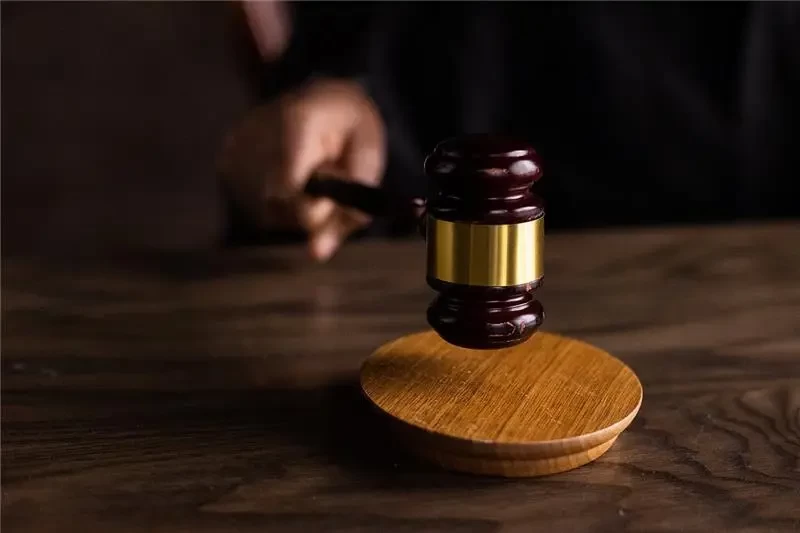
A 34-year-old man was sentenced to death by a Pocso court in Kolkata on Tuesday for raping a seven-month-old infant, leaving her in a life-threatening condition. The court referred to the case as "rarest of rare" and awarded Rs 10 lakh in compensation to the survivor. This sentence followed Rajib Ghosh's conviction, also known as Gobra, who was found guilty of the horrific crime.
Judge Indrila Mukhopadhyay Mitra, during the sentencing, remarked, "This is a rarest of rare case. There cannot be any other punishment that the court can think of." The death sentence was imposed under Section 6 of the Pocso Act, which deals with aggravated penetrative sexual assault. The 2019 amendment to this law made the death penalty a possible punishment for such heinous crimes. Ghosh was also convicted under multiple sections of the BNS Act, including sections 65 (2), 118, 137, and 140.
Special public prosecutor Bivas Chatterjee strongly advocated for the death penalty. "The defence lawyer argued that the accused was young and had elderly parents at home. To counter that argument, we cited several Supreme Court rulings," Chatterjee said. He also stressed that the law does not require the victim to die for a death sentence to be issued. "Even if the girl returns home healthy, the incident would cause her lifelong mental anguish," Chatterjee added.
The case also stood out for its swift investigation and trial. Within just 80 days of the crime, Kolkata Police identified the suspect after reviewing over 19 hours of CCTV footage. Ghosh was arrested on January 4, and the charge sheet was submitted within 26 days. The trial began on January 7 and concluded in 40 days, with 24 witnesses testifying.
Additionally, forensic analysis played a critical role in establishing the suspect's guilt. Chatterjee revealed that the analysis of Ghosh’s gait pattern — how he walked — provided unique results that were pivotal in confirming his involvement in the crime




